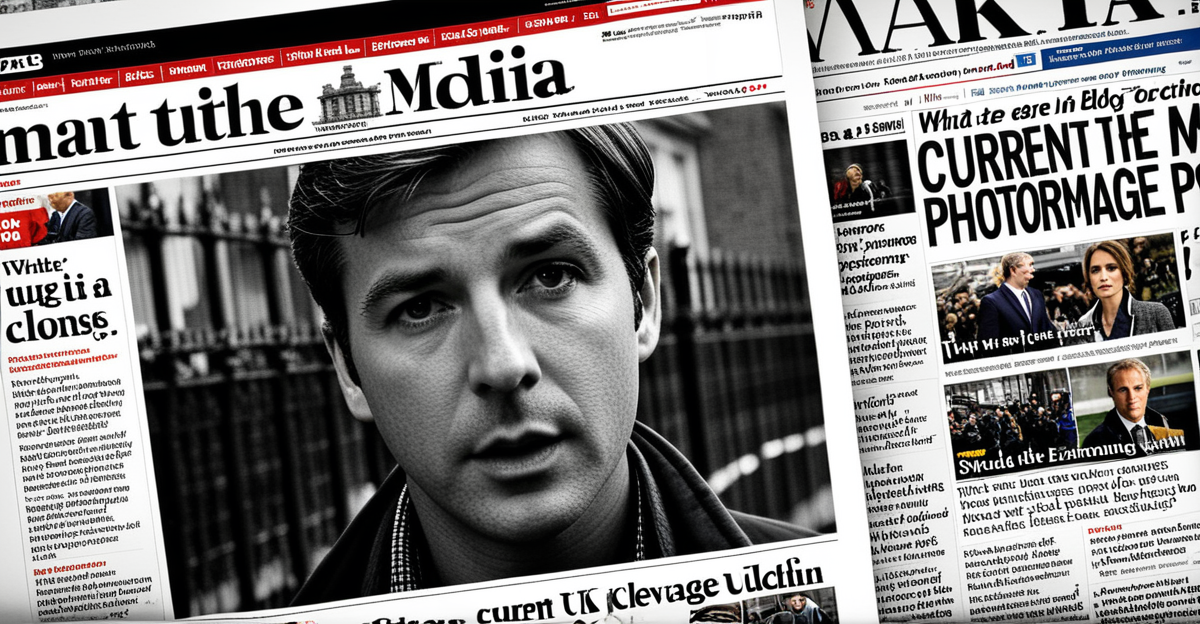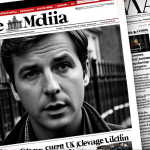Overview of Recent Shifts in UK Media Coverage
The UK media trends have undergone significant transformation recently, reflecting changes in both consumer habits and journalistic priorities. One major shift is the migration from traditional print and broadcast platforms to digital-first formats. Increasingly, news is consumed on mobile devices, prompting outlets to prioritize speed and accessibility.
News reporting changes also include a stronger emphasis on multimedia storytelling. Journalists now integrate video, interactive graphics, and social media elements to engage audiences more effectively. This evolution is driven by the need to capture attention in an overcrowded digital space.
Also to see : What are the effects of political bias in UK news reporting?
Editorial priorities in the UK have adapted to emerging societal concerns. Coverage now often highlights issues such as public health crises and environmental challenges alongside traditional political reporting. This reflects a broader, more diverse editorial approach designed to meet public interest and foster deeper understanding.
In sum, UK journalism analysis reveals a landscape that values speed, interactivity, and topical relevance, while grappling with maintaining credibility amid rapid content proliferation. These combined shifts mark a pivotal moment in how news is produced and consumed in the UK today.
Additional reading : How is the UK dealing with cybersecurity threats?
Key Themes in Current UK Media Reporting
UK media trends show a clear prioritization of politics, elections, and policy debates as dominant news topics. These themes consistently shape the editorial agenda, reflecting public demand for detailed political coverage. UK journalism analysis highlights that this focus helps audiences navigate complex political environments and understand governmental decisions that impact daily life.
Alongside politics, reporting on social issues like public health and environmental concerns has surged. These popular UK news themes respond to growing societal awareness, with media outlets providing in-depth analysis and context. For example, public health crises receive extensive coverage, combining expert commentary and data to keep the public informed.
Cultural reporting rounds out current trends, covering entertainment and arts with a fresh lens that resonates with diverse audiences. This aspect of UK media trends emphasizes storytelling that moves beyond mere event listing, delving into cultural significance and social impact.
Together, these key topics—political coverage, social issues, and cultural reporting—illustrate the evolving editorial priorities. UK journalism analysis confirms that this multifaceted approach addresses varied audience interests while supporting a comprehensive understanding of current affairs.
Changes in Reporting Styles and Media Format
UK media reporting styles have evolved sharply, driven by changing audience expectations and technological advancements. Digital journalism now dominates, with many outlets adopting a digital-first approach that prioritizes quick, accessible content delivery through mobile devices. This shift enables media to meet demand for instant updates while maintaining relevance.
Multimedia storytelling is another key trend within UK media reporting styles. Combining text, video, interactive graphics, and audio enhances narratives, making stories more engaging and easier to digest. For example, data visualizations clarify complex topics, while video segments provide immersive context, enriching UK journalism analysis.
Investigative journalism has expanded alongside these changes, leveraging data-driven research and cross-platform distribution. This approach uncovers stories of public interest with greater depth and transparency, reinforcing editorial standards amid fast-paced news cycles.
Broadcast trends also reflect this evolution, with traditional programs increasingly integrating digital elements, live social media interactions, and on-demand features. These adaptations highlight a commitment to innovation while preserving journalistic integrity.
Overall, these news reporting changes underscore a media landscape that blends technology, storytelling, and rigorous investigation to serve a diverse and digitally savvy audience.
Influence of Digital and Social Media on Coverage
The rise of digital media UK has transformed the landscape of news dissemination, making social media platforms central to shaping public discourse. Twitter, Facebook, and Instagram act not only as sources of breaking news but also as forums where narratives evolve instantly. This dynamic influences editorial decisions and news reporting changes as outlets adapt to real-time audience interaction.
Social media impact extends to how stories trend and gain prominence. For example, viral posts can elevate lesser-known issues, prompting wider coverage and deeper UK journalism analysis. This rapid amplification challenges traditional news cycles, requiring journalists to produce content quickly while maintaining accuracy.
However, increased speed and volume of content production pose risks, including misinformation spread. UK media strategies now emphasize fact-checking and verification to combat “fake news UK,” reflecting concerns over public trust. Tools like AI-driven verification and cross-referencing multiple sources help maintain news credibility and mitigate misinformation risks.
Overall, digital and social media influence demands a balance between timely reporting and reliable journalism. Their pervasive role necessitates continual adaptation in reporting styles and editorial priorities to meet evolving audience needs in the UK.











